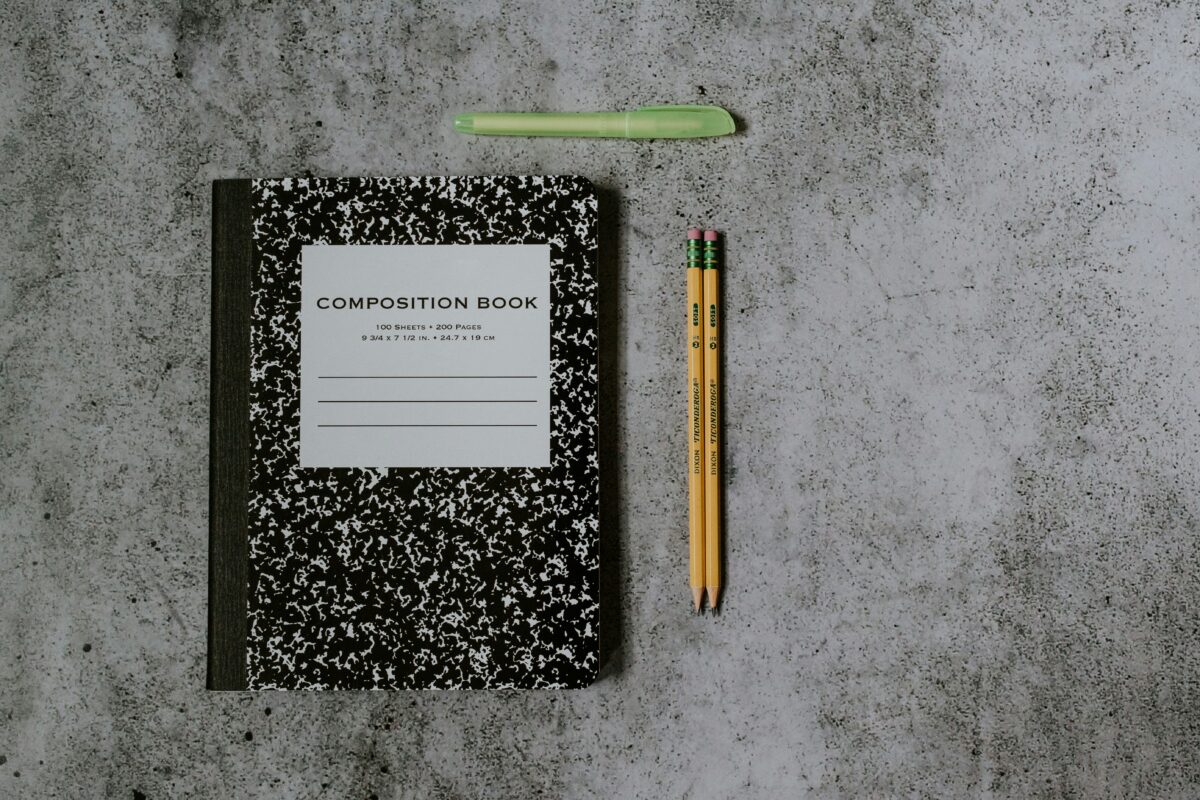I’ve found that when my thoughts pile up—tasks, worries, ideas—it feels like my brain is a cluttered desk, impossible to work at. The simple act of emptying it all out onto paper can change everything.

The Core Idea
The brain dump technique is exactly that: a straightforward way to clear your mental clutter by transferring everything swirling inside your head onto an external surface, like paper or a digital app. It’s not just a trendy hack; it’s a method rooted in both therapeutic writing and well-established productivity systems. David Allen, who created the popular “Getting Things Done” method, calls your mind “a crappy office” when it comes to storing information. Your brain is great at processing but terrible at holding onto every little detail. So, offloading thoughts isn’t just helpful—it’s essential.
When I started using this technique, I realized it’s less about organizing perfectly right away and more about freeing your mind from the constant noise. It’s like opening a window in a stuffy room—suddenly the air feels lighter, and you can breathe easier.
Practical Steps
Here’s how I approach a brain dump, step by step:
Choose Your Medium
Pick what feels easiest and most natural for you. A physical notebook works well for me because the act of writing slows down my thoughts. Others might prefer digital notes, apps, or sticky notes—whatever you can access quickly.Set Aside Time and Tools
Block out 5 to 15 minutes in a quiet spot. This isn’t about multitasking; it’s a focused session to empty your mind without interruptions.Write Everything Down Without Judgment
This is the crucial part. Don’t edit, organize, or judge your thoughts. Write down every task, worry, idea, or random thought that surfaces. Let it be messy and exhaustive.Take a Short Break
Step away for a few minutes. This pause helps clear your mind and gives you space to return with fresh eyes.Review and Categorize
When you come back, group similar items together—tasks, worries, reminders, ideas. This makes it easier to see patterns and priorities.Prioritize and Highlight
Identify what needs your immediate attention, what can wait, and what can be dropped. Highlight or mark these priorities clearly.Create an Action Plan
Turn actionable items into tasks on your to-do list or calendar. For things that aren’t actionable right now, decide whether to reflect on them later, delegate, or let them go.Reflect and Repeat
Schedule regular brain dumps—daily, weekly, or whenever the mental clutter builds up. This keeps overwhelm at bay and maintains clarity.
I often do a brain dump first thing in the morning to set my intentions for the day, and sometimes before bed to ease my mind.
After a particularly chaotic week juggling work projects and personal commitments, I sometimes sit down with my notebook and just pour everything out.
The relief is almost immediate. It’s like clearing debris after a storm—the mess was still there, but now it was visible and manageable rather than swirling chaotically in my head.
Why It Works
At its core, the brain dump technique works because it reduces cognitive load. Your working memory—the part of your brain that juggles information—is limited. When it gets overloaded, focus suffers and stress rises. By transferring thoughts out of your head, you free up mental space to think clearly, be creative, and solve problems.
Writing things down also engages parts of your brain involved in emotional regulation and self-processing. This means the act isn’t just practical; it can be calming and healing. Expressive writing has been shown to reduce physical stress responses and improve cognitive performance.
In therapy, brain dumping or freewriting exercises help people unload worries and emotions safely. In schools, it’s used as a retrieval practice to reinforce learning and clarify gaps. And in workplaces, it’s a tool for managing tasks and reducing overwhelm.
But it’s important to keep balance. Focusing too much on negative thoughts during a dump might make some people feel worse. That’s why I treat the brain dump as a first step—a way to capture everything—followed by thoughtful reflection and action planning. There’s no single “right” way to do it. Customize the technique to fit your needs.
For me, pairing this practice with moments of quiet contemplation and prayer from my Christian Orthodox tradition adds a deeper layer of stillness. It’s not just about clearing mental clutter but finding a source of peace beyond the noise.
In the end
The brain dump technique is a powerful, simple way to cure overwhelm by externalizing mental clutter and reducing cognitive strain. Backed by psychological theory and real-world success—from therapy rooms to classrooms and offices—it helps you regain control over your thoughts and priorities. The key is to make it a regular habit, balance honest expression with constructive action, and adapt the process to what works best for you.
If you ever feel trapped by the endless loop of anxious thoughts or unfinished tasks, try this: grab a notebook, set a timer for 10 minutes, and write down everything. Don’t hold back or judge yourself. Then, step back, breathe, and watch how much lighter your mind feels.
For a deeper dive into how this fits with proven productivity methods, you can check out David Allen’s classic book Getting Things Done. It was a game changer for me.
I remember one evening after a long day, I finally quit scrolling endlessly on my phone and instead wrote down all my racing thoughts. That night, I slept better than I had in weeks. It’s amazing what a little mental decluttering can do. Give it a try—you might just find your own kind of quiet.
See also in Mindset
15 Tips for Developing a Positive Attitude
Discipline vs Motivation: What is better for personal growth?
20 Ways to Confident Decision Making
20 Strategies for Adaptive Solutions
10 Mindset Shifts for a Happier Life
12 Ways to Cultivate Patience